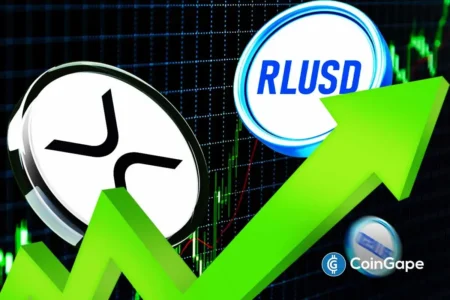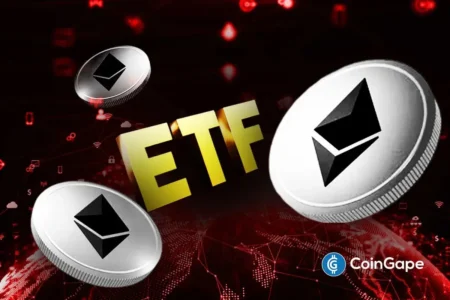Revolutionizing Decentralized Trading: Bluefin’s Leap into High-Frequency Trading
In recent times, decentralized exchanges (DEXs) have gained significant traction, accounting for around 25% of global spot cryptocurrency trading volume. Despite this growth, many DEX platforms continue to face challenges, particularly in terms of blockchain latency and speed, falling short of the execution quality offered by centralized exchanges (CEXs). To tackle these obstacles, Bluefin has launched its upgraded platform, Bluefin Pro, which integrates high-frequency trading (HFT) capabilities specifically designed for institutional traders, thereby aiming to create a robust decentralized trading environment.
Transitioning to Sui For Enhanced Performance
Originally founded in 2020 by the Jawaid brothers as a derivative-focused exchange operating on Arbitrum, Bluefin has undergone a significant transition. In September 2023, it shifted to the Sui blockchain to leverage its impressive high throughput and fast finality. This move aligns with Bluefin’s mission to deliver a wallet-less experience for users, drastically improving the trading experience. The platform has already demonstrated its capacity by processing more than $55 billion in trading volume over the past 648 days, evidencing its growing influence in the decentralized trading landscape.
High-Frequency Trading Made Possible
High-frequency trading in a decentralized setting is challenging due to the need for near-instant execution and finality. Bluefin Pro is addressing these challenges by offering sub-30 millisecond confirmations, leveraging zkLogin for user authentication, and employing an on-chain order book for efficient trading. The platform’s architectural enhancements are spearheaded by Nautilus, a system that facilitates the creation of secure and verifiable execution environments. This ensures that crucial trade logic, including price-time priority and order matching, is safeguarded against external manipulation.
Innovative Solutions for Institutional Traders
One of the key considerations for high-frequency trading is the potential for its algorithms to be exploited through strategies like “sandwiching,” which can destabilize trades. Bluefin Pro counters this vulnerability through cross-margining and isolated sub-accounts, essential features that bolster institutional risk management. By incorporating these elements, Bluefin seeks to create a stable and secure environment for perpetual trading, positioning itself as a formidable rival to CEXs. The platform strongly believes that perpetual futures represent the future landscape of cryptocurrency markets.
Increasing DEX Share in Market Trading
The share of decentralized exchanges in overall spot trading volume is on the rise, currently hovering around 25%. Although perpetual trading on DEXs has seen substantial growth, it still lags behind centralized exchanges. Notably, platforms like Hyperliquid captured a whopping 80% of decentralized perpetual volume in Q1, with trading volumes exceeding $158 million. This surge has been fueled by heightened activity in the Memecoin and DeFi sectors, particularly within the ecosystems of Solana and Base, indicating a strong user interest in decentralized trading.
The Future Outlook for Bluefin and DEXs
As Bluefin and other DEX platforms work to elevate their offerings to compete with centralized exchanges, the future looks promising for decentralized trading. Increased sophistication and improved user experiences are expected to drive further growth in market share. By addressing the existing gaps in speed and execution quality, Bluefin is not just enhancing its own platform but also contributing to the overall maturation of the decentralized finance ecosystem.
In summary, Bluefin’s innovative approach to high-frequency trading within a decentralized infrastructure marks a pivotal moment for DEXs, laying the groundwork for a new era in cryptocurrency trading. Market participants should keep a close eye on the evolving landscape to understand the implications of these advancements on their trading strategies.
















